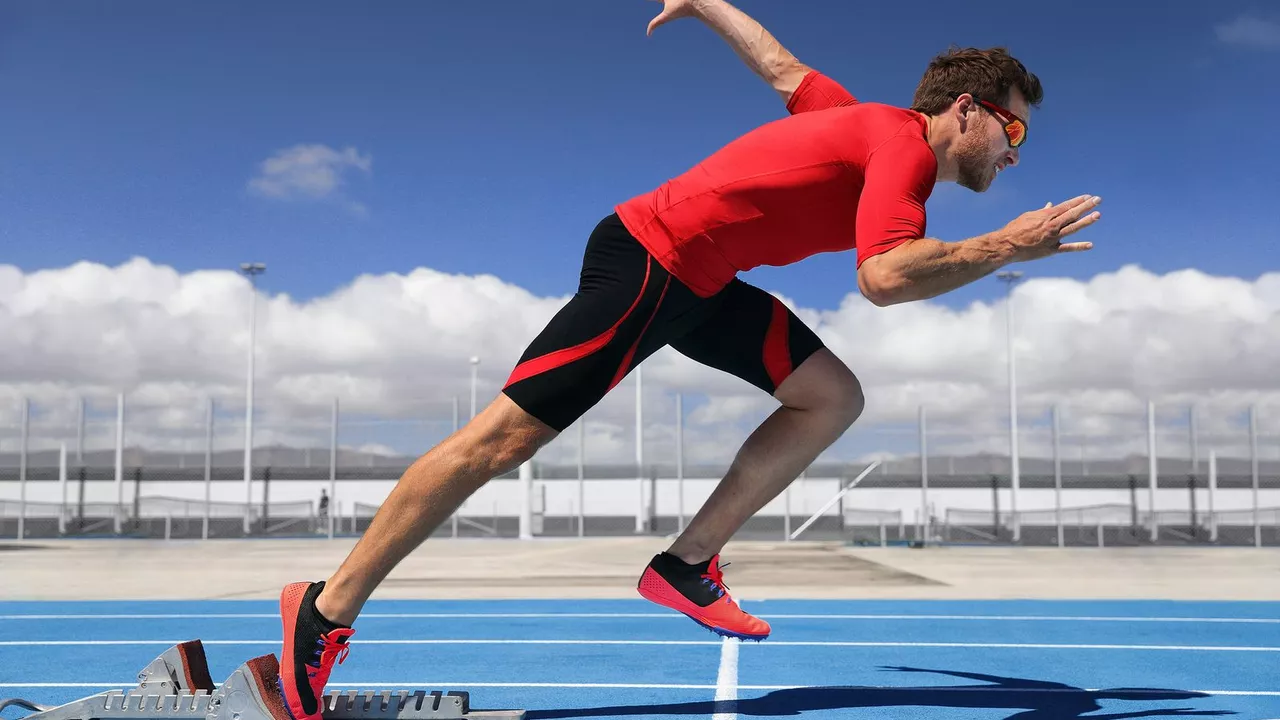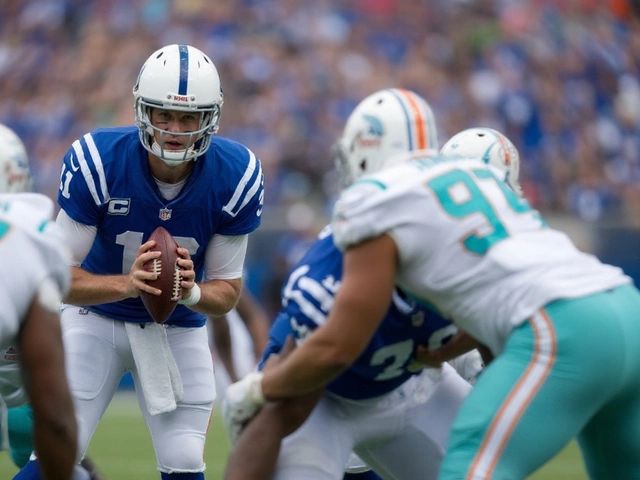Sports Science: Boost Your BMX Performance and Safety
Ever wonder why some riders seem to fly over jumps while others struggle? The secret isn’t magic – it’s sports science. By understanding how your body works, how bikes move, and what training really does, you can ride faster, jump higher, and stay injury‑free. Let’s break down the basics and give you actionable steps you can start using today.
Why Sports Science Matters in BMX
First off, sports science isn’t just for elite athletes in a lab. It’s a toolbox for anyone who wants to ride smarter. Things like biomechanics tell you the best body position for power, while nutrition shows how food fuels those long practice sessions. Even simple data – heart rate, cadence, or how long you can hold a sprint – can point out weaknesses you didn’t know existed.
Take the example of pedal stroke. Research shows that a smooth, circular motion generates more torque than a choppy up‑and‑down push. That means you can get more speed with the same effort. Applying that knowledge on the track makes every pedal turn count.
Practical Ways to Apply Science to Your Riding
1. Track Your Numbers
Start by writing down key stats after each session: distance, time, max speed, and how you felt. A free app on your phone can log these automatically. Over a few weeks you’ll see patterns – maybe you lose speed after 15 minutes, or you’re strongest on flat sections. Knowing the pattern lets you train the weak spots.
2. Focus on Core Strength
A strong core stabilizes the bike during jumps and sharp turns. Simple planks, side‑planks, and bird‑dogs done three times a week can dramatically improve balance. You’ll notice less wobble when you’re airborne.
3. Master the Perfect Body Position
When you approach a jump, keep your elbows up, shoulders relaxed, and knees slightly bent. This posture keeps the bike under you and lets you absorb impact without jarring your spine. Practice the position on a low hop before you try bigger ramps.
4. Use Interval Training
Instead of long, steady rides, mix short bursts of maximum effort with recovery periods. For example, sprint for 30 seconds, then pedal easy for 90 seconds, repeat five times. This mimics the explosive effort needed for sprints and jumps, building the fast‑twitch muscles BMX riders rely on.
5. Stay Hydrated and Eat Smart
Dehydration drops reaction time, and low blood sugar can make you feel shaky on a landing. Carry a water bottle and snack on a banana or energy bar before a session. After riding, refuel with protein and carbs to help muscles recover.
6. Rest and Recover
Pushes too hard without rest leads to overuse injuries – think knee pain or wrist strain. Schedule at least one full rest day per week and use foam rolling or light stretching on off days. Your body builds strength during recovery, not while you’re on the bike.
Finally, keep learning. Subscribe to a few reputable sports science podcasts or follow experts who specialize in cycling and BMX. The more you know, the faster you’ll improve – without risking a nasty fall.
Ready to put science into your ride? Grab a notebook, set a simple goal, and try one of the tips above this weekend. You’ll feel the difference the next time you hit the ramp.

How to scientifically explain good days and bad days in sports?
- Date: 23 Jul 2023
- Categories:
- Author: Declan Rutherford
In my latest blog post, I delve into the scientific explanation behind having good and bad days in sports. I explore how factors like physical health, mental state, and external conditions can significantly impact an athlete's performance. Our bodies and minds are intricate systems that don't always function at 100%, which can explain fluctuations in performance. Additionally, elements such as weather, equipment, or even an opponent's strategy can influence the outcome of a game. Understanding these aspects can help athletes better prepare and possibly turn a potentially bad day into a good one.




